Sipes have been a staple in tread design for a long time. Different brands use this tire detail to improve the traction and durability of their models. To ensure longer usability, excellent handling, improved braking, and better year round traction, small slits and cuts are added to the tires' footprint.
Tire sipes, or kerf as they are sometimes called, are a detail added to the tire tread. The siping consists of thin slits cut or molded into the tread blocks, which help to increase the grip in harsher weather conditions.
In other words, they improve the tires' grip on wet, snow, and ice-covered surfaces, optimizing the braking, handling, overall performance, and lifespan.
Closeup of a tire tread with clearly visible tire sipes.
The tire surface consists of versatile blocks, lugs, grooves, and slits, which work together to increase the tires' performing traction. They prevent the tire from slipping and optimize its performing ability.
Tire siping was invented by John F. Sipe, who patented his invention in 1923. However, his idea was for the soles of shoes and originally his patent did not work so well on tires. Later, Goodyear took over and improved the siping to upgrade the vehicle performance and the tires' grip.
Do Tire Sipes Work?Yes, the slits along the footprint work up to a certain point on snow and ice, as well as muddy surfaces. The slits cut into the rubber across the tire tread optimize the tires' surface grip and performing ability by providing a higher number of biting edges.
While they have their setbacks, they ensure better traction, heat build-up resistance, optimized wear formations, and optimize performance.
Like with all things, these footprint slits come with their own sets of positive and negative outcomes. Let's take a look at why these special footprint elements are good, and when can they hinder the performance of your vehicle.
| Pros of Tire Sipes | Cons Of Tire Sipes |
| Increase traction in harsher conditions | Loss of surface grip in high-heat conditions |
| Upgraded and shortened braking | - |
| Improved surface grip and controllability | - |
| Longer lasting service life | - |
There is a good reason why winter, summer and all season tires do not have similar treading. Different weather conditions require versatile footprint elements to ensure the tire's better traction and driving safety.
Closeup of winter, summer and all season tire sipes.
Winter tires feature the highest density of the slits. They can be versatile details added to the tread area in order to improve traction on ice and snow-covered surfaces. The extra biting edges provided by these elements improve the tires' surface grip during the vehicle's colder weather application.
Summer tires do not boast many sipes. That's because, in summer conditions, the tire generates its traction with the rubber to road contact. Additional footprint details would just hinder the vehicle's durability and generate more pressure between the road surface and the tire footprint.
The in-between are all season tires, which do have siping detail on them but it's less dense than that of winter tires. These models utilize both the additional biting edges and the road-to-rubber ratio of the footprint to generate a better grip and boost the overall controllability.
Many might not believe it, but all terrain and mud terrain models also feature small slits. While they are not extremely detailed, they still enhance the off-road terrain grip. Furthermore, some mud and all terrain models are even pinned for studs, to further increase the cold temperature driving safety levels.
Tire siping is not a good idea in most instances. While it will enhance the traction and the performance in winter weather situations, unfortunately, it comes with too many setbacks. It will cause accelerated wear, elongate the braking distances and hinder the model's performing ability.
Mechanic siping tires.
Aftermarket tire siping is the process of cutting small slits into the footprint in order to shorten its braking distances and boosts traction, and performance. However, it does come with its setbacks. Unfortunately, manufacturers do not accept this service and, in most cases, it will void the tread wear warranty as it causes the tires to have accelerated service lives. Furthermore, adding extra details to the footprint can hinder the tire's summer weather application.
Furthermore, adding extra details to the footprint can hinder the tire's summer weather application.
However, if you wish to have your tires siped, be sure you search for a reputable tire shop. The dealer you take your tore to needs to do the siping properly. Otherwise, it could lead to damage to the tread area, which will DEFINITELY cancel any warranty the manufacturers give with the specific models.
There are tools you can purchase online which you could use to sipe your tires. Buying such a tool will save you a few bucks in the long run, as you will be able to do it for free at home. As long as you know what you are doing, you can manage siping your own tires. Just be sure you know the setbacks aftermarket siping and be careful during the process, as you could hurt yourself too.
In most states, tire siping is illegal. This process modifies a footprint approved by the Department of Transportation, which will void its highway usability. Added slits will shorten the service life and hinder its performance, even if they increase traction.
Added slits will shorten the service life and hinder its performance, even if they increase traction.
The cost of siping tires depends on the dealer you choose. Roughly speaking, the prices start at $15 and go up from there, which would be about $60 for the tire set. You can search online for shops near you that provide this service.
Tire siping will not increase the tires' life. In fact, it will shorten it. The additional slits will cause move tread movement, causing heat build-up. The tread design is already optimized by the manufacturer and siping the footprint will cause the warranty to be voided.
Siping the tires will not reduce the noise levels heard in the vehicle's cabin. Siped tires are designed by the manufacturer to minimize the road noise heard, which is ensured with the original kerf placement. However, any added details will definitely diminish the driving enjoyment with higher sound levels.
Siping is the process of cutting thin slits across the surface of a tire to improve traction for driving in snowy, wet or icy conditions. Siping can also help manage tire heat when the road is overly hot.
Siping is done by placing your tires (new or used) on a specially designed machine that rotates your tires while making small, nearly invisible 90-degree cuts in your tread. It’s actually easier to tell if a tire is siped by the improvement in vehicle handling than by visual inspection.
Independent studies have found that siped tires help you stop your vehicle sooner. Find out how siping will improve your traction in the video, “Get better traction with tire siping” or read on below.
Tire siping improves traction and braking, makes for a smoother ride, and prolongs tire life. Siping won’t reduce tire performance in any way. The tire tread retains its toughness due to the patented spiral cutting process. This leaves uncut areas known as tie bars intact, keeping your tread strong.
Siping won’t reduce tire performance in any way. The tire tread retains its toughness due to the patented spiral cutting process. This leaves uncut areas known as tie bars intact, keeping your tread strong.
The surface of your tire is made up of many smaller surfaces called tread blocks. These surfaces are especially important when it comes to icy or wet road conditions. Tread blocks get their gripping power from the numerous sharp surrounding edges. Siping provides even more of these gripping edges.
Research has shown the most effective braking power occurs immediately prior to losing traction. Siping extends the window allowed for maximum braking power, by giving the existing tread a helping hand.
Your tires have to absorb impacts from the road’s surface. When that surface is more coarse or rough, your tires have even more work to do. Siping gives your tires micro-flexibility, resulting in a smoother ride.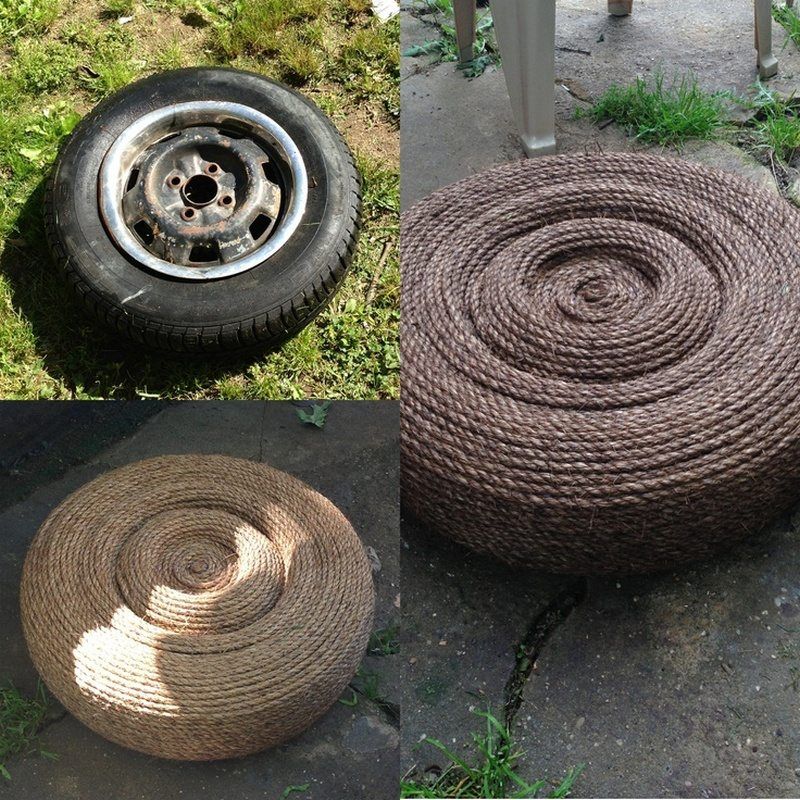 This, in turn, reduces the wear on your tire’s carcass (the tread, bead, sidewall, shoulder, and ply) and lengthens tire life.
This, in turn, reduces the wear on your tire’s carcass (the tread, bead, sidewall, shoulder, and ply) and lengthens tire life.
Heat generation is a common cause of rapid tire wear and even tire failure. While this heat is a natural result of friction, too much can be a negative.
Siping reduces friction heat and its effect on your tire by allowing the tire to cool. The sipes act by isolating heat into small “corrals” and allowing air to pass between them, thereby dispersing the heat and naturally cooling the tire.
First, the siping process we use would be too expensive and time-consuming for manufacturers. Plus, typical factory siping leaves small, vacant gaps in the tire tread. The Les Schwab siping process creates gripping edges without gaps and without removing any rubber, allowing the individual sipes to support each other.
Learn More
Contents
On the way home, many motorists encounter unexpected situations, such as a punctured tire.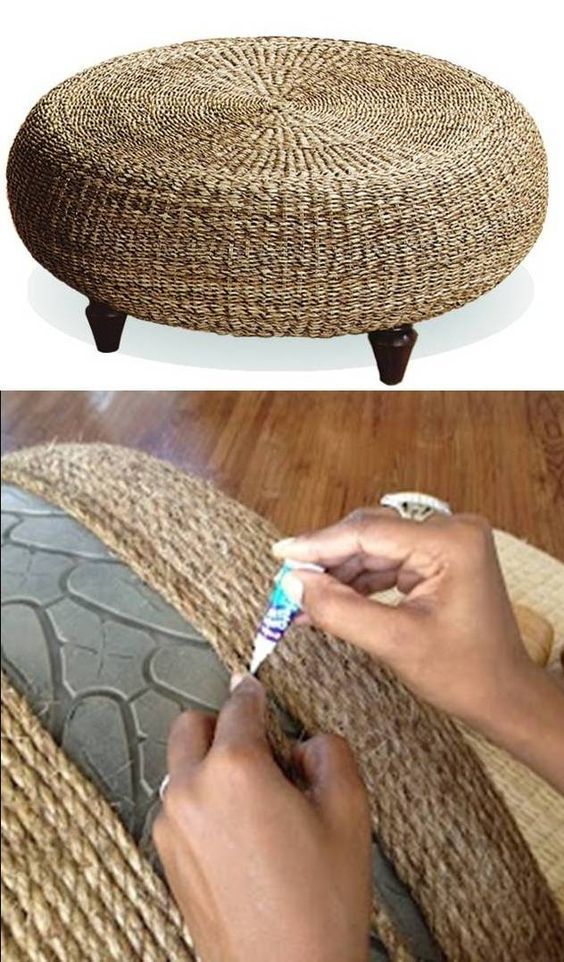 You can solve the problem by simply replacing it. Doing tire fitting yourself is better than going to specialized service stations for this help. The work of specialists in this topic will sometimes cost a lot of money. And if you change tires according to the season, you can run into huge queues for tire fitting.
You can solve the problem by simply replacing it. Doing tire fitting yourself is better than going to specialized service stations for this help. The work of specialists in this topic will sometimes cost a lot of money. And if you change tires according to the season, you can run into huge queues for tire fitting.
The first signs of a punctured wheel: reduced driving speed, extraneous noise, sudden pull to the side. If the problem is not detected in time, this situation can lead to serious consequences, such as damage to rubber, damage to the disk, and sometimes even more deplorable situations. In this case, it is necessary: to stop moving, to stop on the side of the road. nine0003
When the car is stopped, put on the handbrake, set the emergency stop sign and turn on the alarm. Let's move on to changing the wheel. Under it we put recoil shoes. Jack up the side of the punctured wheel. Remove it and replace it with a spare. We're going home.
It can be taken to a service station and repaired there, or made at home.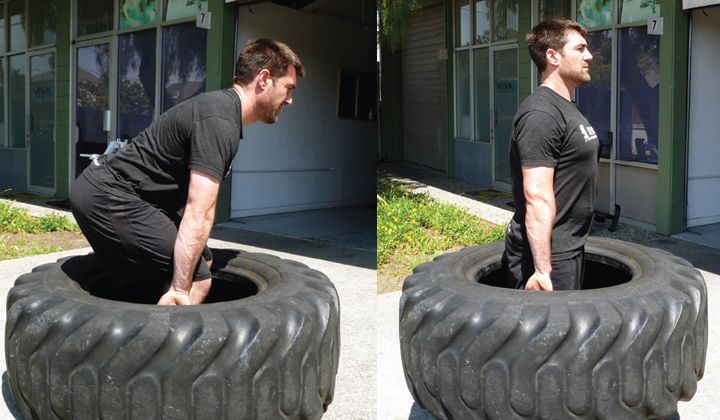 Home tire fitting is done in a car garage. To disassemble and assemble the wheel, you need a specialized mounting tool (chisels). You can’t make a larger tool, as you can damage the rubber. nine0003
Home tire fitting is done in a car garage. To disassemble and assemble the wheel, you need a specialized mounting tool (chisels). You can’t make a larger tool, as you can damage the rubber. nine0003
It is good to use a homemade tire changer. Tire fitting starts with stripping the wheel. One of the rubber beads is removed from the rim of the disk. The side of the tire is pryed off with a pry bar and supported by a small shaft (screwdriver) to prevent the rubber from sliding back, after which one side is pulled out of the rim.
To facilitate the process of removing rubber from the rim, it is necessary to lubricate with soapy water. Approximately at a distance of 15-20 cm, the second mount is inserted and moves to the side until it is completely removed from the board. The second part of the tire is removed in the same manner. The installation of new rubber is carried out in the following order. One of the sides of the tire bead is put on behind the rim of the disk. nine0003
A mounting blade is installed between the disc and the tire, with the help of which a part of the bead is installed beyond the edge of the disc.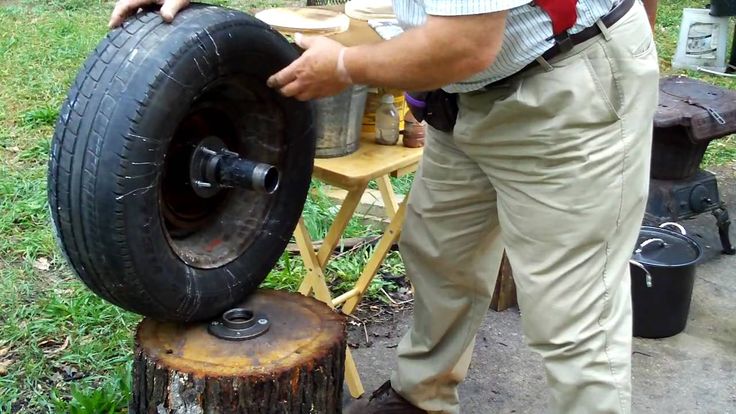 In the interval of 15-20 cm, the edge of the next section of the tire is set with another blade. The other side of the rubber is installed in the rim in the same way. After installing the rubber on the disk, it must be pumped up.
In the interval of 15-20 cm, the edge of the next section of the tire is set with another blade. The other side of the rubber is installed in the rim in the same way. After installing the rubber on the disk, it must be pumped up.
Home tire fitting is allowed with the assistance of a special tool, it is sold in auto shops. And you can also make the necessary tool yourself. nine0003
On the Internet there are many different schemes and drawings on this topic. The tire fitting machine is a structure of two handles. One of the handles is movable with a lock, and the other is fixed.
The pressure on the lever forces and facilitates the process of removing the tire from the rim. With the help of a disk with a gear, rubber is removed. When moving with a key, you can remove the tire thrown over the disk.
Putting on the tire is done in reverse order. This process does not take long. Next, let's look at how to repair damaged rubber at home.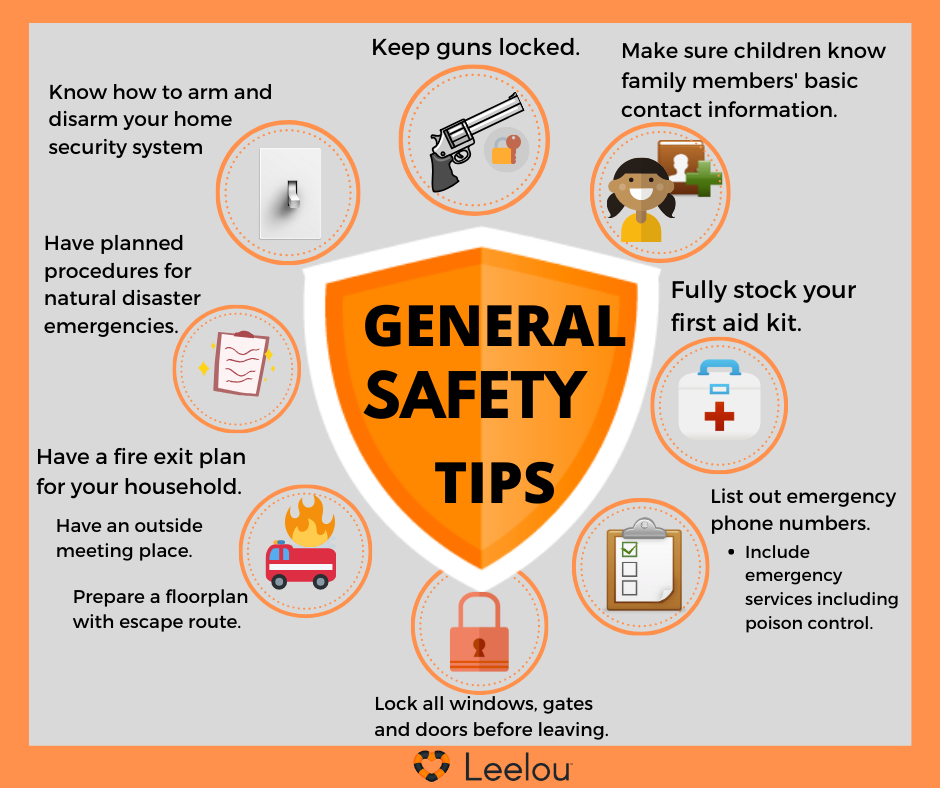 To do this, you need to have a special repair kit on hand. You can buy them at any auto shop. nine0003
To do this, you need to have a special repair kit on hand. You can buy them at any auto shop. nine0003
Before repair, it is necessary to deflate the wheel, remove the foreign object from the puncture site. We take the awl from the kit and grease it with glue (from the same kit). We introduce the awl in a circular motion into the puncture on the tire. We continue to rotate so that the glue gets on all the walls of the hole. Next, we take the tourniquet and remove from its protective film on the dyne, which is necessary.
Remove the awl from the hole and, leaning the tourniquet, insert it back. The harness must be installed correctly (two ends of the harness on the outside, and the center inside). We sharply remove the awl from the puncture site and evaluate the tightness of the rubber by pumping it up. If everything is fine, cut off the ends of the bundle, leaving 2 mm above the tread. One of the criteria for a good wheel is its balancing. After all, an unbalanced wheel leads to damage to the chassis and rapid wear of the rubber itself.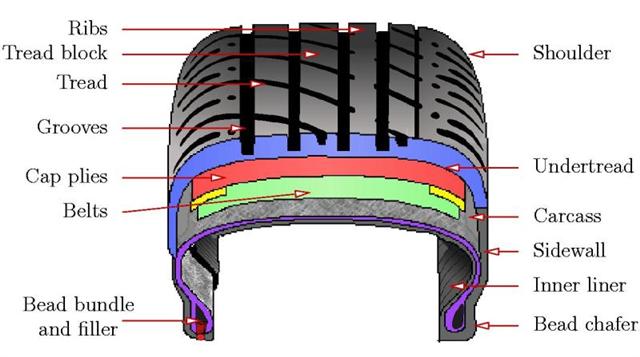 nine0003
nine0003
There are two types of wheel imbalance - static and dynamic.
Static imbalance - vertical imbalance, the difference in weight can affect the banal nipple.
The weight on the nipple side is greater and when touching this side of the road, there will be a shock, and at high speed there will be vibration.
Dynamic unbalance is a weight difference shifted in or out of the wheel which also results in vibration. To balance the wheel, you will need a jack and a set of weights (you can buy them at car dealerships). Let's start balancing. Jack up the side of the car and spin the wheel. If the brake pad interferes with you, then you should remove it from the brake, and also remove it from the transmission. We spin the wheel. nine0003
When stopping, mark the lower part of the wheel with chalk. We turn further. If it stops again with the mark down, it means that this part has more weight than the upper part. Install the weight on the top of the wheel. And scroll until the wheels stop in an arbitrary position.
Install the weight on the top of the wheel. And scroll until the wheels stop in an arbitrary position.
Tire pressure is an important factor that affects handling, stopping distance, tire wear, fuel consumption and comfort. It would be best to look at the manual for your car and pump up the wheel according to these recommendations. nine0003
Information on tire pressure can be found on the driver's door pillar, if not, look on the glove compartment lid or on the gas filler flap.
However, in fact there are times when you want to reduce the pressure a little. Of course, if you are driving on ideal surfaces, there is no point in reducing the pressure. But you yourself understand that the problem with the roads still remains, and the size of the pits is sometimes just scary. This is where you have to adapt to the situation.
This is where you have to adapt to the situation.
For example: for a Daewoo Lanos (Chevrolet Lanos) car, the following figures are indicated in the instruction manual for wheel dimensions 175/70 R13 or 185/60 R14, the optimum tire pressure on the front and rear wheels is 220 kPa (2, 1 bar). And you know, it gets harsh, especially when there is only one person in the car. In this case, try lowering the tire pressure to 1.9-2.0 bar.
It will be much more comfortable to move around the city, the tires will work out bumps better, less work for the suspension, let the tire absorb shocks. When the car is fully loaded or when leaving the highway (high speed mode) if there is a long road ahead, then return the pressure declared by the manufacturer.
Naturally, experiment without fanaticism, greatly reduced pressure is also harmful, find a compromise, everything should be within reason. We are not saying that you need to do it this way, just try to reduce the pressure by 5-7% under certain conditions, feel the difference and decide for yourself whether it is worth doing this or not.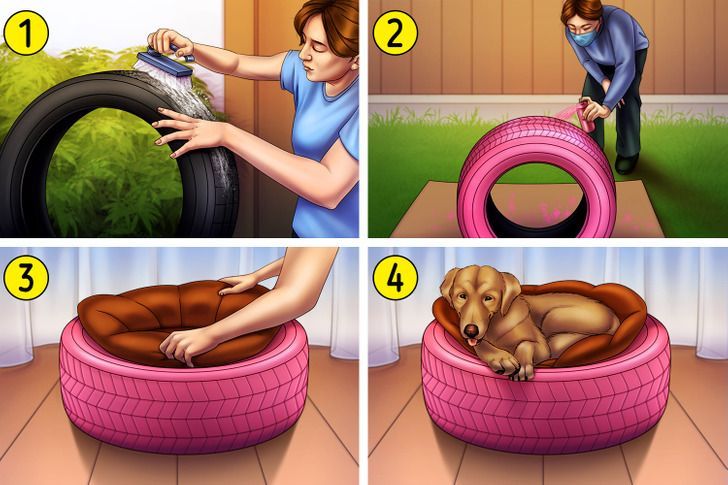 nine0003
nine0003
Low tire pressure will give you a more comfortable ride and less bumps in the road. The tire becomes softer, the braking distance decreases. However, there is a caveat:
Many people do this for the sake of fuel consumption. Indeed, the consumption will decrease (not much, of course), the car will roll easier, but there are more disadvantages than advantages, namely:
Check the pressure before driving when the wheels are cold, as the readings on warm tires will be distorted. nine0003
The most common unit of pressure is Bar (bar). Approximately equal to one atmosphere. Another common standard is PSI and kPa, below is the calculation, for example, if or kPa is indicated, you need to convert to Bar.
Approximately equal to one atmosphere. Another common standard is PSI and kPa, below is the calculation, for example, if or kPa is indicated, you need to convert to Bar.
Tire pressure is measured with a pressure gauge, they are of various types. Common dial gauges are simple and inexpensive. Pretty accurate, but they can not be dropped, the spring in the middle of the device may deteriorate and the readings will not be accurate. nine0003
Such pressure gauges are recommended for constant verification, especially if they work in high loads. Electronic pressure gauges have a display, convenient and most accurate.
Pump the pressure correctly, (no need by eye) follow the recommendations of the car manufacturer, since the tire itself does not say what pressure to pump.
Modern services are increasingly offering the service of tire inflation with nitrogen. This innovation came to Russia from Western countries. Tire inflation with nitrogen was first used in Formula 1 racing. nine0003
Tire inflation with nitrogen was first used in Formula 1 racing. nine0003
Air mixed with nitrogen was blown into the tires under high pressure. According to the rules, such an act was prohibited, but still there were craftsmen for whom "the rules are not written."
Atmospheric air mainly consists of nitrogen. There is little oxygen in it. Nitrogen molecules are much larger than oxygen molecules, so tire pressure deflates much more slowly when inflated with nitrogen.
Oxygen rushing out along the tire wall oxidizes the cord and disc. Thus, the rubber loses its strength, and it becomes unsafe to move on it. nine0003
When it comes to compressed air, the pressure releases after some time. This figure is approximately equal to 0.09 atmospheres per month. Oxygen molecules are small, so they leave the tire easily. It is impossible to stop this process, because it will continue until the same pressure is created. There is only one point: you can pump up the tire with pure oxygen. Due to this, the pressure will equalize, and the tire will stop flattening.
The most important plus, which is emphasized by service station workers, is the safety of tires inflated with nitrogen.
Inflate tires with nitrogen using nitrogen generators. They are a special installation that rotates the air mixture. But, before the air enters the tire, it is processed.
The generator is supplied with compressed air at a pressure of about 8 atmospheres. Further, the air is filtered at several levels.
At each level, the air is cleaned of dust, moisture, oil, and other impurities. Further, the filtered air is deprived of nitrogen molecules. nine0003
The whole procedure takes a long time. But all this is justified, because in the end you can get pure (95%) nitrogen. The remaining 5 percent is oxygen. It is this ratio of gases that is ideal for inflating car tires.
Inflation process: a nitrogen generator is connected to the tire valve and pressurizes the resulting mixture inside. If you inflate the wheels like this, then they will not let in oxygen or moisture. The disc will not rust, so it will last longer and will not “tear” the tire cord. nine0003
The disc will not rust, so it will last longer and will not “tear” the tire cord. nine0003
There are people who deny the usefulness of this procedure.
If you carefully read the positive aspects, then it is clear that the tires are inflated with nitrogen in order to protect themselves and make driving more comfortable. But there is a group of people who argue the opposite, referring to another marketing ploy:
Related materials
If I change wheels, do I need to balance them every season?
Inflating a tire in the city is not a problem. There will always be a thrifty car enthusiast nearby who will lend a compressor. In extreme cases, you can drive to the nearest auto parts store and buy this useful device. But if the need to pump up the wheel caught on a long journey, on a deserted track, you will have to use your ingenuity.
A very banal way is to turn to professionals, that is, truck drivers. The fact is that any truck with pneumatic brakes can supply dried and purified air with high pressure through a hose that a thrifty truck driver always has with him. nine0003
Many gas stations now have tire inflation points, and perhaps the easiest way is to hitch a wheel to it and then return to your car in the same way. If all of the above did not work, then read about the tricks that we personally tested for effectiveness:
Attaching a can (any) to the nipple is not so difficult. The pressure inside the cylinder is 1.8-2.8 bar. It is important that the contents do not dissolve the rubber and do not harden, such as building foam. nine0003
Here, of course, compressed air canisters are good for blowing, for example, office equipment. But the inner volume of a wheel of a small class car is about 20-25 liters. For pumping, you will need several boxes of cans. Unacceptable!
It is possible to connect the tire valve to the brake master cylinder connection after draining the reservoir. After that, we begin to press the brake pedal in the same way as is usually done when bleeding the brakes when replacing the brake fluid. To inflate the wheel, it will take a gigantic number of clicks. Unacceptable! nine0003
To inflate the wheel, it will take a gigantic number of clicks. Unacceptable! nine0003
Connect the hose to the air path after the turbocharger. The boost pressure in the line between the compressor and the intake valves of conventional (non-sport) engines is not enough to inflate the wheel. No matter how you gasp - unacceptable!
Advanced motorists know the method of transferring the bead ring over the hump of the rim with the help of an explosion of fuel vapors. The Internet is full of videos on this topic.
It is usually advised to unscrew the spool from the valve. I wonder what will happen if this is not done? We need to keep up the pressure. We conducted an experiment and got an unsatisfactory result. With this method, it is possible to provide a very small pressure in the wheel - about 0.2 bar. The method really allows you to brilliantly cope with the task of transferring the sidewall through the hump, but it is not suitable for pumping! nine0003
 Fire extinguisher
Fire extinguisher And this is perhaps the most unusual way to inflate a tire. After conducting an experiment with a large 6-kilogram fire extinguisher, it was possible to raise the pressure by a completely ridiculous amount of a couple of tenths of a bar. And this despite the inverted spool. Everything around was covered with a rather nasty powder. Unacceptable!
The average car owner usually has a powder-type fire extinguisher in the trunk. A powder fire extinguisher of a rather large volume worked very badly. It was not possible to pump up the wheel. nine0003
The average car owner usually has a powder-type fire extinguisher in the trunk. A powder fire extinguisher of a rather large volume worked very badly. It was not possible to pump up the wheel.
If you can attach a hose to the exhaust pipe, then you can inflate the wheel in this way. The engine is able to provide a pressure of two or more bars with a sealed exhaust system and if you “give it a gas”.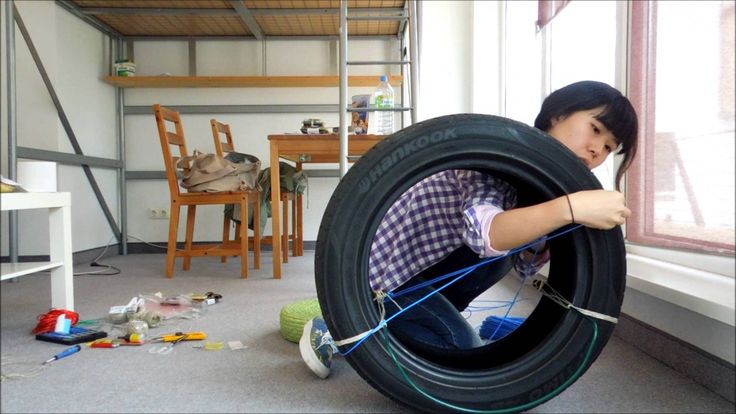 The method is acceptable, but only as a last resort. The fact is that with this method, the catalytic converter, and even the corrugation of the exhaust system, may suffer. nine0003
The method is acceptable, but only as a last resort. The fact is that with this method, the catalytic converter, and even the corrugation of the exhaust system, may suffer. nine0003
The most difficult thing is to achieve a tight joint between a thin hose and an exhaust pipe. A variety of caps from bottles, washers, water squeegees can go into business. What will be at hand. Electrical tape will help seal the connection.
The most difficult thing is to achieve tightness of the joint between the thin hose and the exhaust pipe. A variety of caps from bottles, washers, water squeegees can go into business. What will be at hand. Electrical tape will help seal the connection.
Related materials
If you want to pump up a wheel, jack up the car! Debunking the Myth
Using a hose, you can transfer part of the air from other wheels to the one we need to inflate. The method is complicated, because the valve mechanism will interfere with such a procedure. If we turn out the spools, we risk leaving several wheels without air. But even if you manage to get by with minimal losses, the pressure in all the wheels will turn out to be insufficient. In the best case, 75% of the pressure will remain in the wheels. Without preliminary preparation, which consists in assembling a hose with two tips like those installed on the compressor, we do not recommend trying this method! nine0003
***
Alternative ways to inflate tires are complicated, inconvenient, require advance preparation and can damage your vehicle. Therefore, we advise you to always have a serviceable and inflated spare tire. And just in case, you should carry a portable electric compressor with you. It will be useful not for yourself, but for a less thrifty car enthusiast.